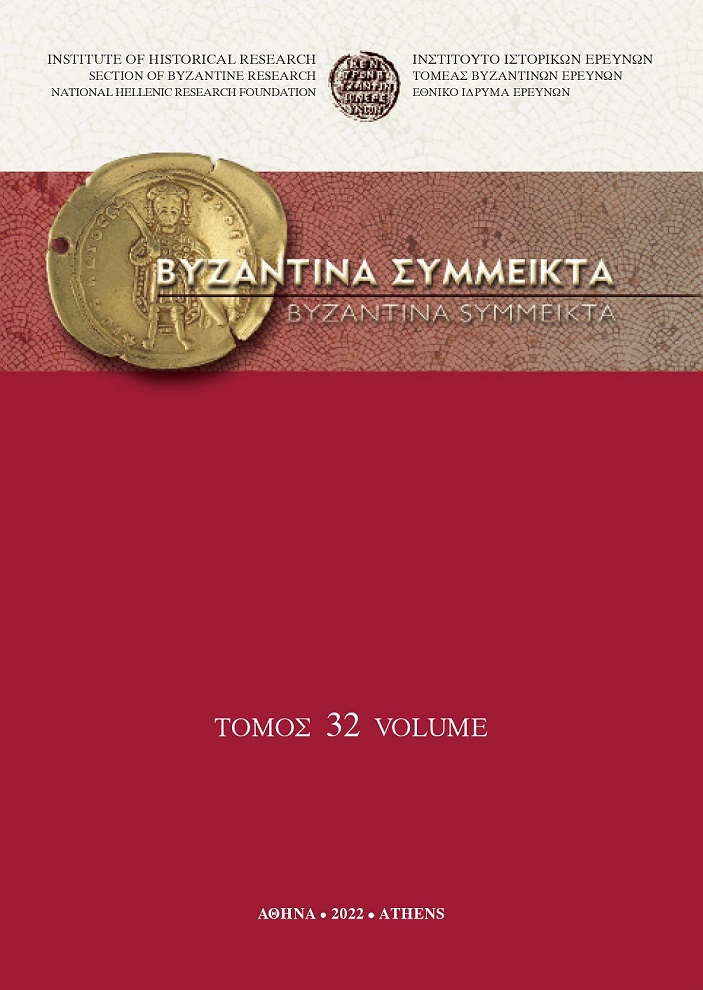Η βυζαντινή πολεµική τακτική εναντίον των Φράγκων κατά τον 13ο αιώνα και η µάχη του Tagliacozzo
Abstract
In 1268 Charles I of Anjou (1266-1285) confronted the army of Conradin (1254-1268) in Tagliacozzo, achieving a victory that established his position in Sicily. The prince of Morea William II of Villehardouin (1246-1278), took part in the battle with 400 knights levied from the principality. The Chronicle of the Morea attributes the victory of Charles I to William II’s advice to fight using similar tactics applied by the Byzantines and the Turks in the Greek mainland. The prince had acquired important experience of the war conditions in Morea and Greece before the battle of Tagliacozzo fighting against the Byzantines. Hereof, it is possible that William II took advantage of this experience and played an important role in the positive outcome of the battle, even though not as crucial as the Chronicle tries to ascribe to him. On the other hand, it is proven by close examination of other Byzantine and western sources of the period that the battle description of the Chronicle is an authentic testimony of the Byzantine battle tactics exercised against the Franks during the 13th century and especially the way these tactics were seen through the eyes of the latter.
Article Details
- How to Cite
-
ΚΑΝΕΛΛΟΠΟΥΛΟΣ Ν. Σ., & ΛΕΚΕΑ Ι. Κ. (2009). Η βυζαντινή πολεµική τακτική εναντίον των Φράγκων κατά τον 13ο αιώνα και η µάχη του Tagliacozzo. Byzantina Symmeikta, 19, 63–81. https://doi.org/10.12681/byzsym.947
- Issue
- BYZANTINA SYMMEIKTA 19
- Section
- Articles

This work is licensed under a Creative Commons Attribution-NonCommercial-ShareAlike 4.0 International License.
Copyright: The copyright for articles in this journal is retained by the author(s), with first publication rights granted to the journal. By virtue of their appearance in this open access journal, articles are free to use (with the exception of the non-granted right to make derivative works) with proper attribution for non-commercial uses (licence Creative Commons 4.0). NHRF retains the worldwide right to reproduce, display, distribute, and use articles published in BYZANTINA SYMMEIKTA in all formats and media, either separately or as part of collective works for the full term of copyright. This includes but is not limited to the right to publish articles in an issue of the Journal, copy and distribute individual reprints of the articles, authorize reproduction of articles in their entirety in another NHRF publication, and authorize reproduction and distribution of articles or abstracts thereof by means of computerized retrieval systems.





